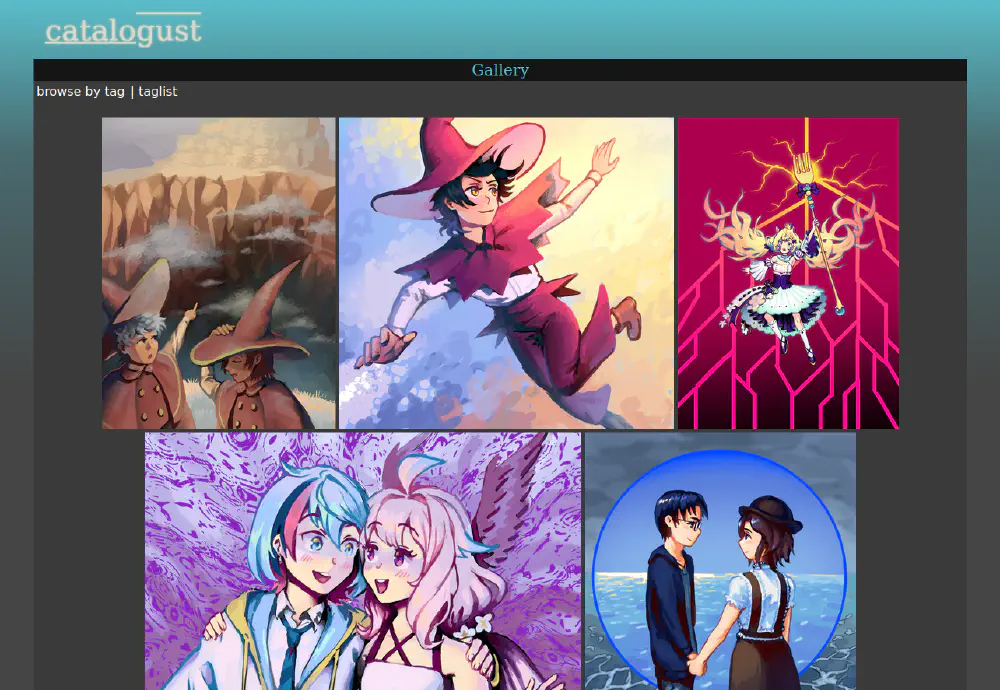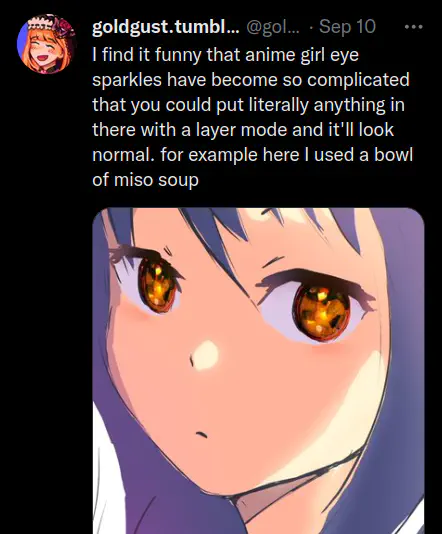Most creative types can name at least one website where they used to share their work but quit. I’ve left a trail of abandoned accounts in my wake. Chunks of my creative history are (or were) hosted on Google+, Deviantart, Toybox, Fyre, Furaffinity, Tumblr, Twitter, Mastodon, Wordpress, Imgur, Instagram, Wikia, Artfight, and probably more.

11 years of digital art
It’s difficult to control or look back on my old creations when they’re on all these different websites. If the platform decides not to host my stuff any longer - or starts removing posts arbitrarily like in the infamous Tumblr NSFW ban - I’ll lose it forever, barring that original file gathering dust on my hard drive. A platform may use my work without my consent - as when Deviantart included all its works in a for-profit AI art dataset.
Shedding art
These days I feel that to pour my creative efforts into an artwork or a story, only for it to be lost into the digital ether and never viewed again, is a terrible waste. I like the idea of having a “body of work”: of everything I make becoming part of the larger project of my creative efforts, a collection that I can take pride in even if each of its components is a single insignificant sketch or idea. As I move between platforms, why should the body of my work be constantly shedding its old parts like a zombie? I want it to keep growing, becoming layered and self-referential. I want to enjoy curating it and preserving it.
Not only does a personal website allow me to do this, it also allows me to present my work in the best way possible. All major gallery sites will display your stuff alongside ads, and social media often makes it difficult to view an artist’s work - think Twitter, where you’ll struggle to see old posts due to the infinite scroll feature, or Instagram, which only really wants to display squares. With my own website, I can display images and text in exactly the format I choose.

It ain’t much, but it’s got pagination
Of course, a personal website is much less discoverable and will get less feedback than an account on a big platform. But is that a bad thing?
Content
At the moment, the most popular way to share your artworks is on social media. Many artists have noted how their self-perception of their work is negatively affected by notes and follower counts, or how they feel pressure to draw particular subjects because they will get more attention. I’ve been there too. Sharing art and communicating with others is great, but when I draw for social media, I lose sight of my original goals and end up playing the engagement game.

A tweet of mine that got 67,000 likes, but it’s not even my art style
This shift in perspective also makes art feel rather pointless outside social media. Instead of doing it for my own pleasure, suddenly I’m creating content for the platform, and thus for some corporation to profit off of. It’s hard to feel like this is a meaningful activity. I recently watched a nice video on this topic here.
Switching to archiving my art on a personal website has helped me reframe creation as contributing to the “body of work” I mentioned earlier. Maintaining this project of mine is something I can take pride in. The social media posts may continue, but now they are just a way to promote that project (the POSSE principle).